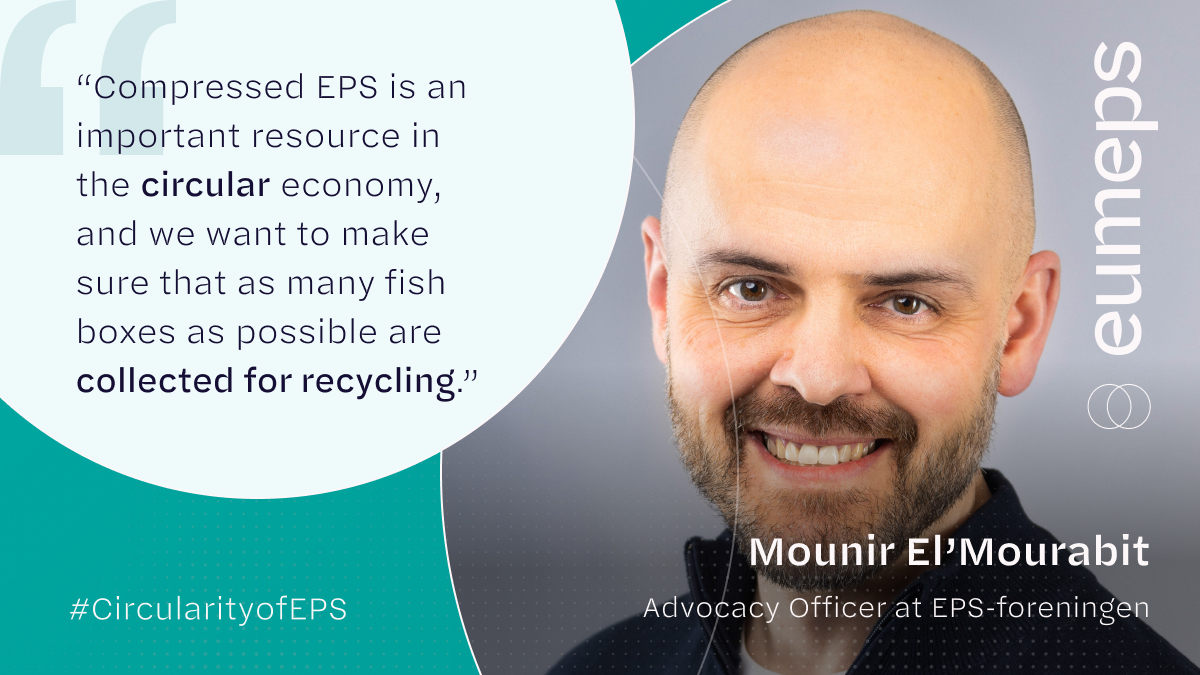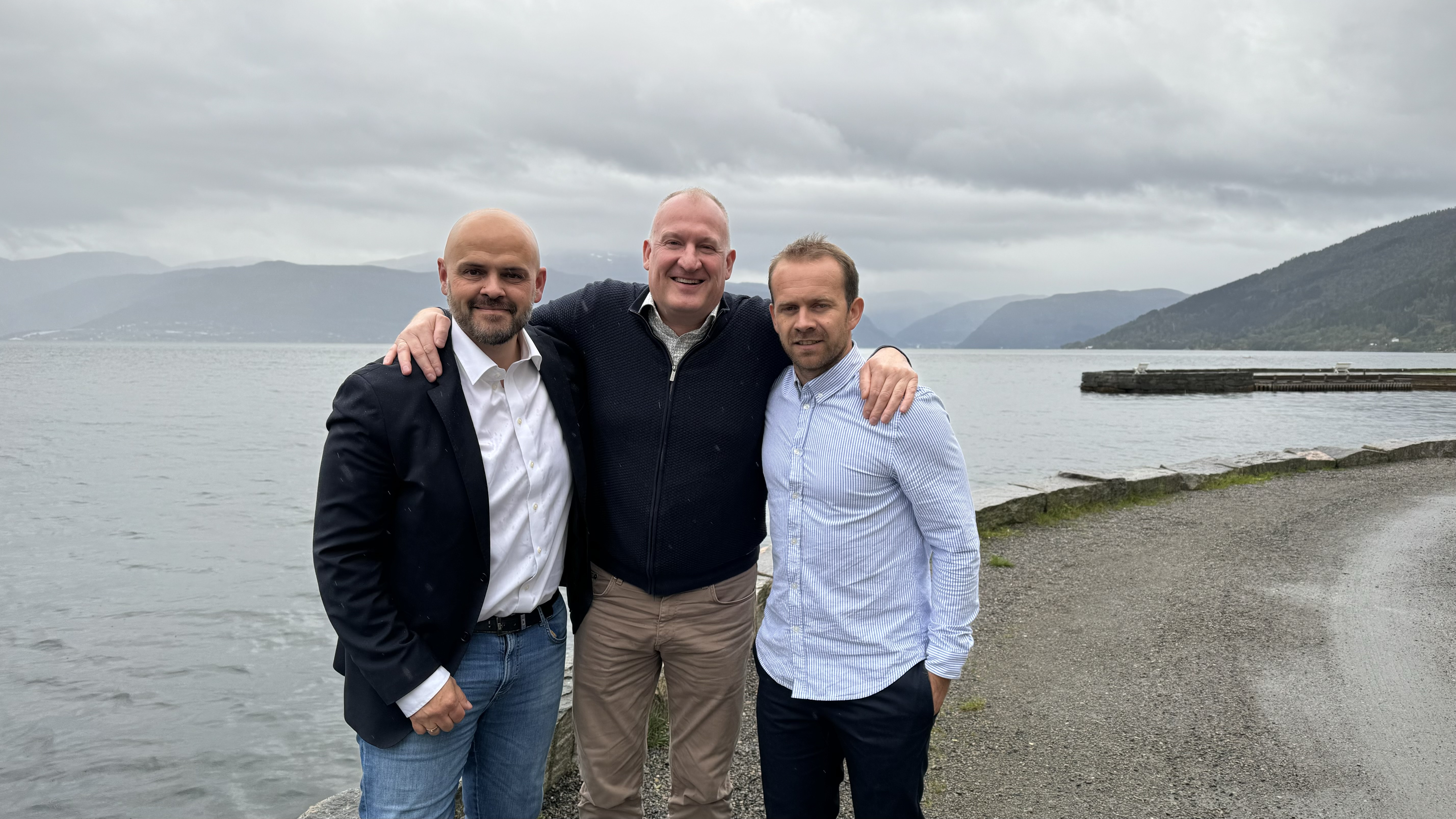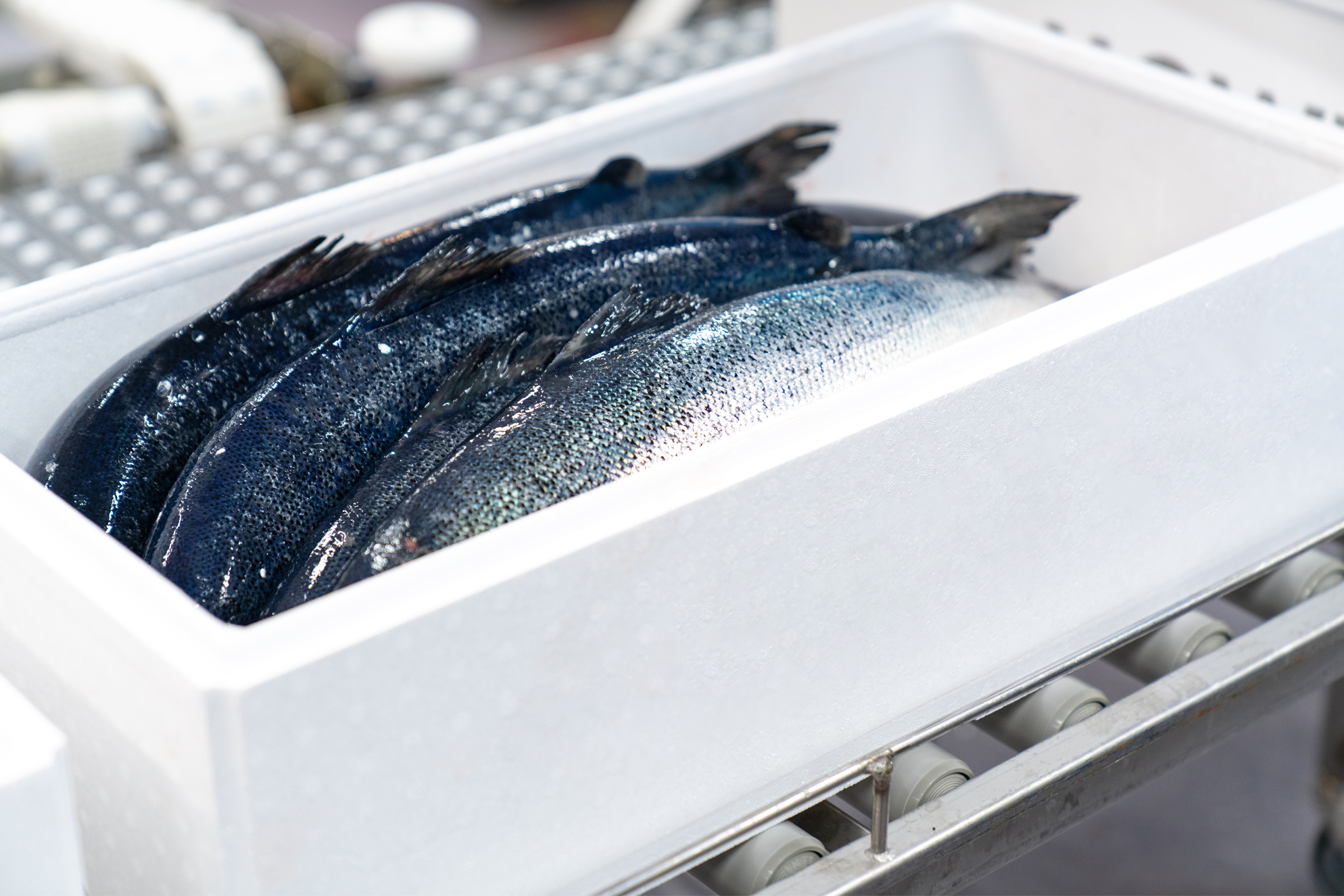This article was originally published in iLaks.no on 12 September 2024.
The Norwegian Seafood Federartion and the Norwegian Seafood Council are partnering with EPS-foreningen (the Norwegian EPS Association) on a project that could increase the recycling of fish boxes in Asia.
"The aim of the initiative is to gain more knowledge about what happens to the fish boxes when they reach their final destination," says Mounir El’Mourabit, Advocacy Officer at EPS-foreningen, in a press release.
Over the years, Europe has developed an industry for recycling EPS (expanded polystyrene) fish boxes. The recycling rate in several European countries, including Norway, exceeds 90 per cent.

Recognised by UNEP (United Nations Environment Programme) EPS fish boxes are the most commonly used solution for packaging and shipping fish due to the material’s low weight, high insulation capacity, and hygiene requirements. In April this year, the UNEP recognised that EPS fish boxes are recycled in practice and at scale.
This recognition is shared by only a handful of packaging formats.
"EPS boxes are a good solution where they are recycled. We want the fish boxes to be part of a circular value chain. This is why we, together with EPS-foreningen, have been exploring how the industry can deliver solutions to increase recycling rates," says Henrik Wiedswang Horjen, Head of Communications at the Norwegian Seafood Federation.
Aiming to Increase Material Recycling
Together with the Norwegian Seafood Council and Seafood Norway, EPS-foreningen has now initiated a survey in the Asian market. The goal is for the industry together to implement measures to ensure higher material recycling rates in vulnerable areas.
Most fish boxes enter hubs where they are processed. The challenge arises when the fish is resold, and the Norwegian producers no longer have control over the shipment.
"We have initiated a mapping exercise to determine where the fish boxes end up and how they are ultimately handled," Horjen explains.
Southeast Asia is a growing and important market for Norwegian seafood. In 2023, Norway exported 153,000 tonnes of seafood worth NOK 8.4 billion to the region.
"Recycling as many of the fish boxes exported as possible is a good ambition for the Norwegian seafood industry. We hope that this mapping will provide valuable insights and, in the long run, ensure a recycling scheme for fish boxes," says Åshild Nakken, the Norwegian Seafood Council’s representative to Southeast Asia.
"So far, we have encountered goodwill and seen opportunities. Compressed EPS is an important resource in the circular economy, and we want to make sure that as many fish boxes as possible are collected for recycling," concludes Mounir El’Mourabit.
 |
|
Mounir El'Mourabit (EPS-foreningen), Dag Sørli (Norwegian Seafood Council) and Henrik Wiedswang Horjen (Norwegian Seafood Federation) presented the project at Framtidshavets Rein Sognefjord event in Balestrand. Photo: Mari Bondevik, Norwegian Seafood Council. |
Fact:
 EPS (expanded polystyrene) is a lightweight and environmentally friendly material, consisting of 98% air and 2% polystyrene (plastic). As packaging, EPS contributes to increased food safety and reduced food waste, while as insulation, it helps create warmer and more energy-efficient buildings. EPS is cost-effective to recycle. In Norway, used EPS packaging has a certified return rate of 99% according to statistics from Grønt Punkt Norge and is recycled into everything from construction boards to clothes hangers. The majority of Norwegian seafood exports are packaged in EPS fish boxes, which have the unique qualities of being lightweight while keeping food fresh until it reaches markets around the world. EPS is significantly lighter than alternative packaging materials such as paper, wood, or metal, meaning EPS fish boxes contribute to fewer trucks on the roads, lower emissions, reduced transport costs, less food waste, and a more sustainable seafood export industry.
EPS (expanded polystyrene) is a lightweight and environmentally friendly material, consisting of 98% air and 2% polystyrene (plastic). As packaging, EPS contributes to increased food safety and reduced food waste, while as insulation, it helps create warmer and more energy-efficient buildings. EPS is cost-effective to recycle. In Norway, used EPS packaging has a certified return rate of 99% according to statistics from Grønt Punkt Norge and is recycled into everything from construction boards to clothes hangers. The majority of Norwegian seafood exports are packaged in EPS fish boxes, which have the unique qualities of being lightweight while keeping food fresh until it reaches markets around the world. EPS is significantly lighter than alternative packaging materials such as paper, wood, or metal, meaning EPS fish boxes contribute to fewer trucks on the roads, lower emissions, reduced transport costs, less food waste, and a more sustainable seafood export industry.

